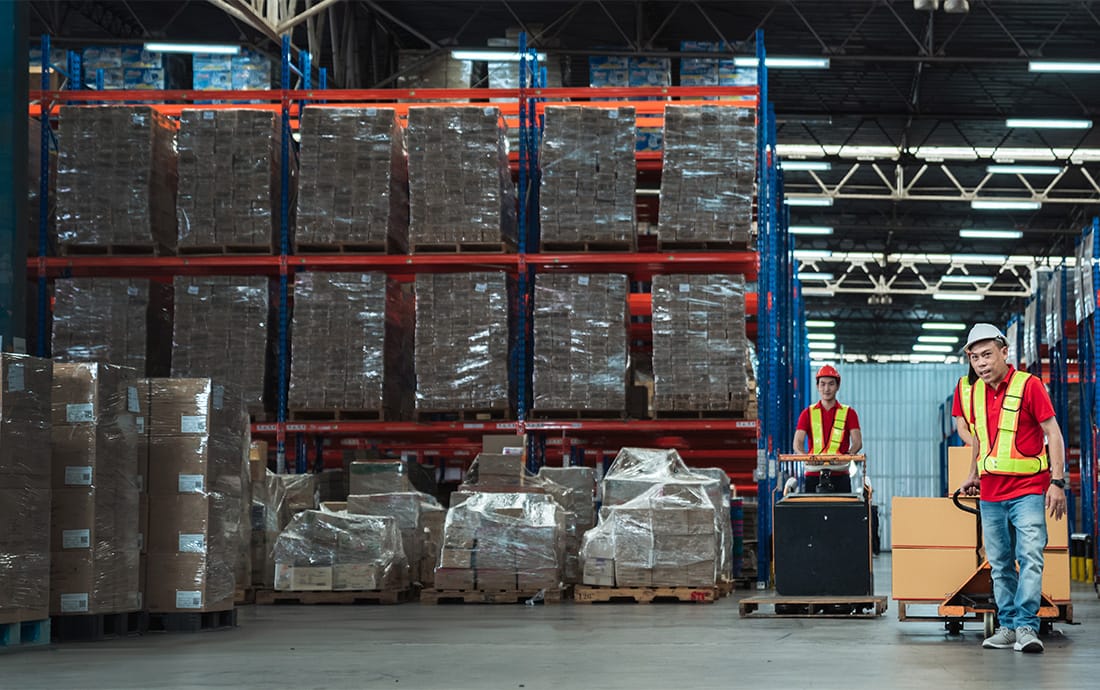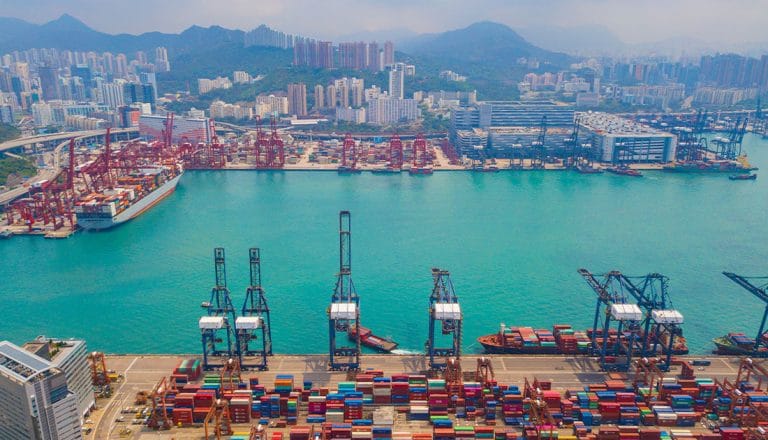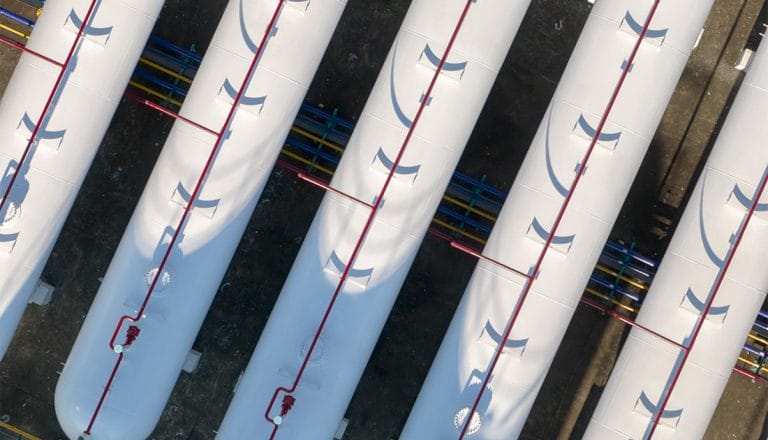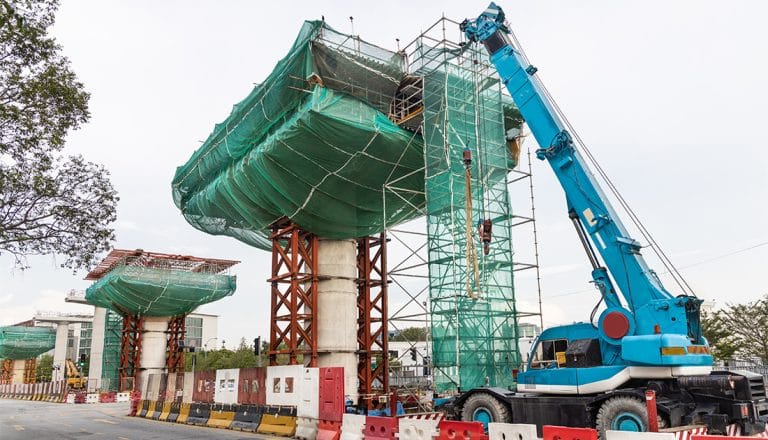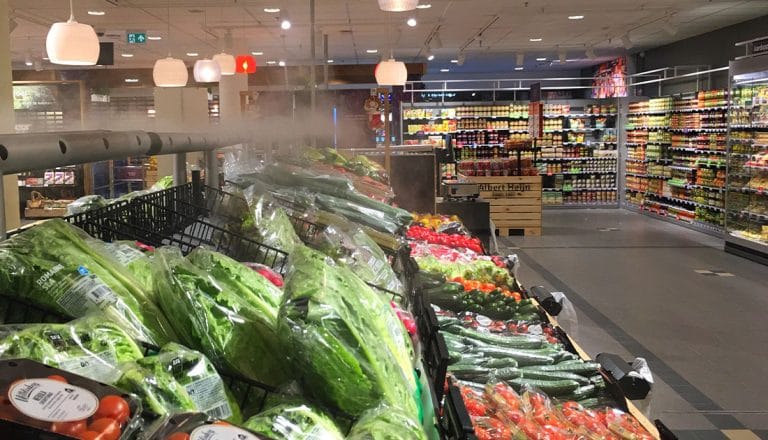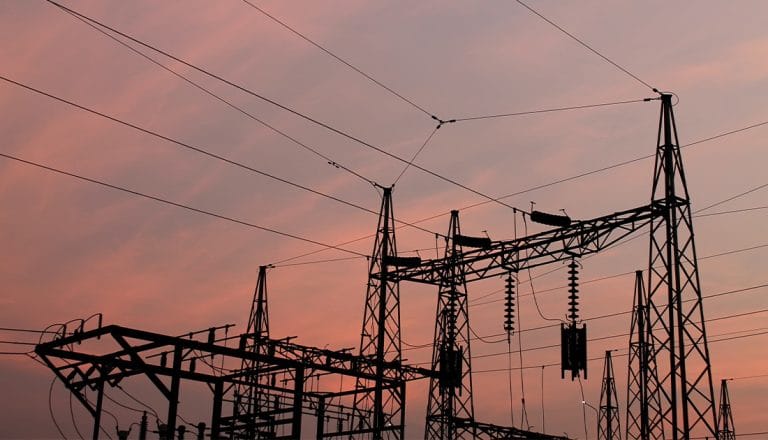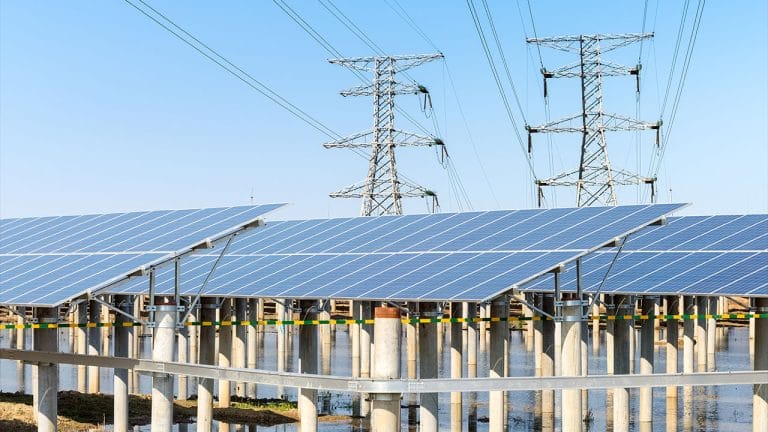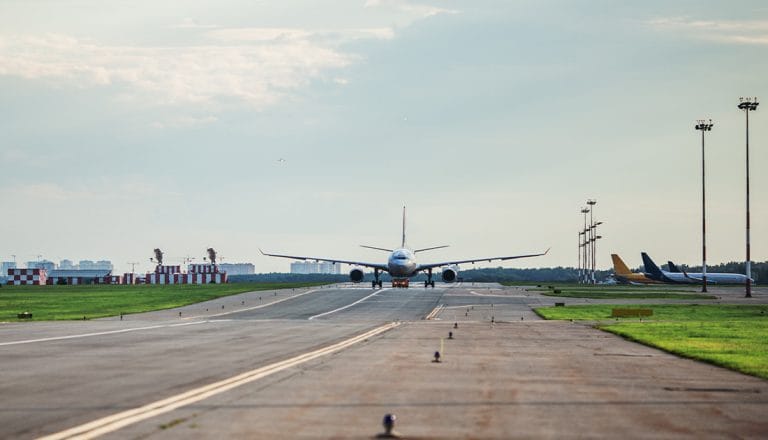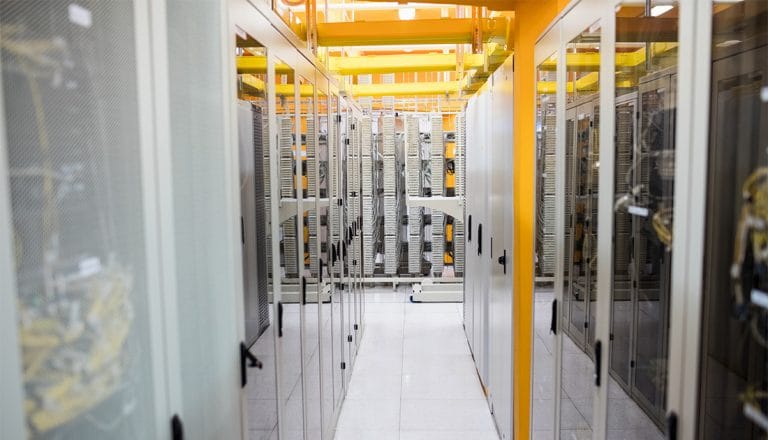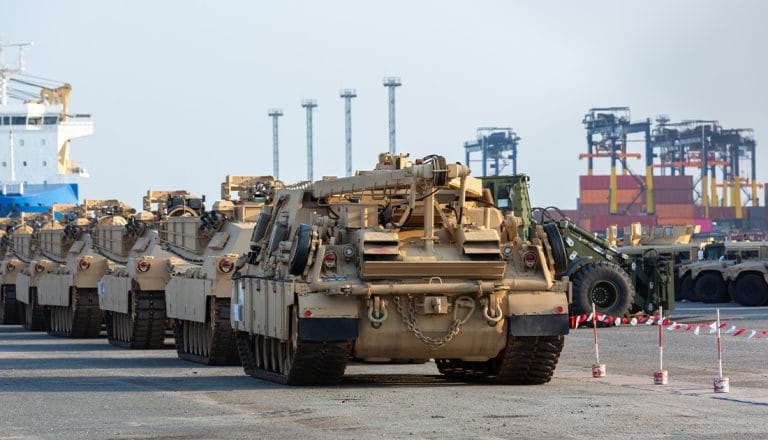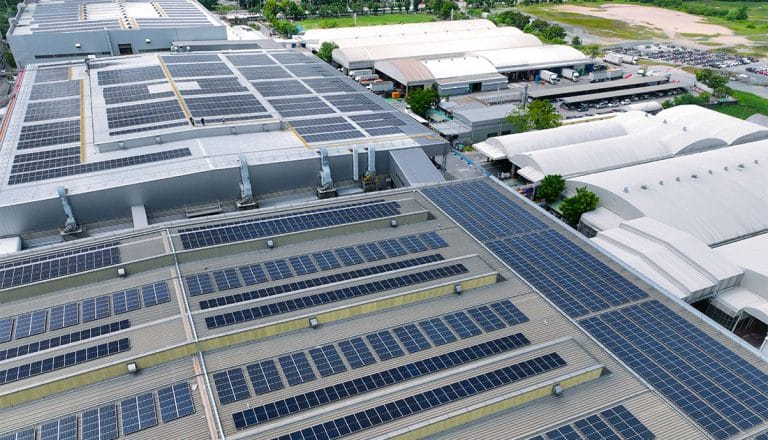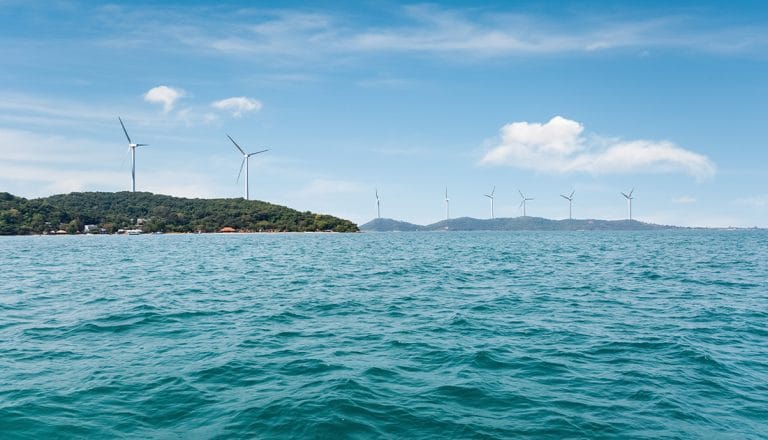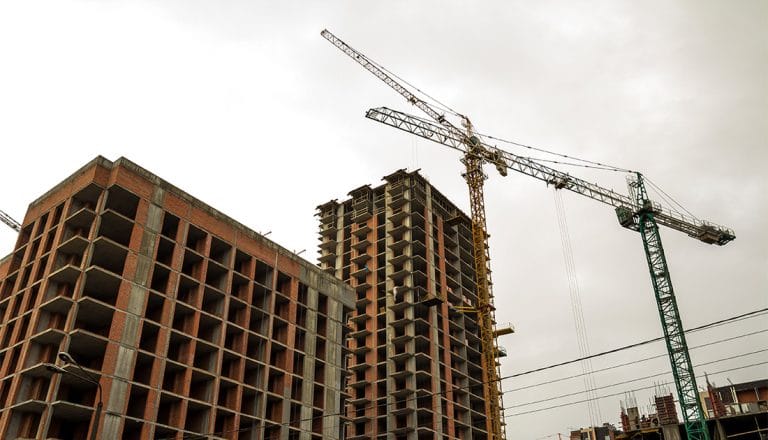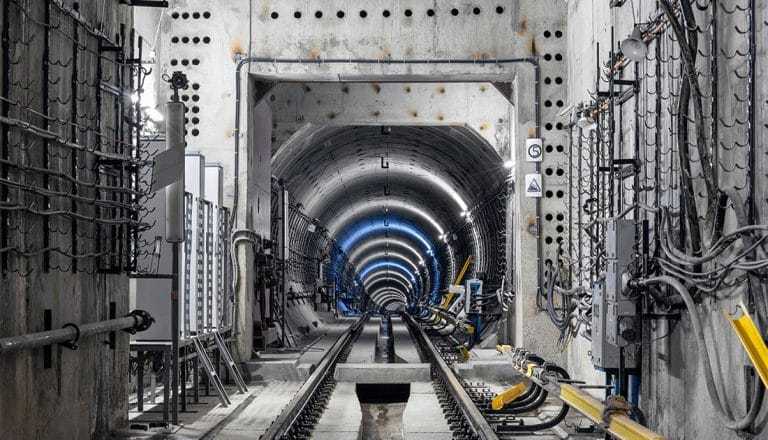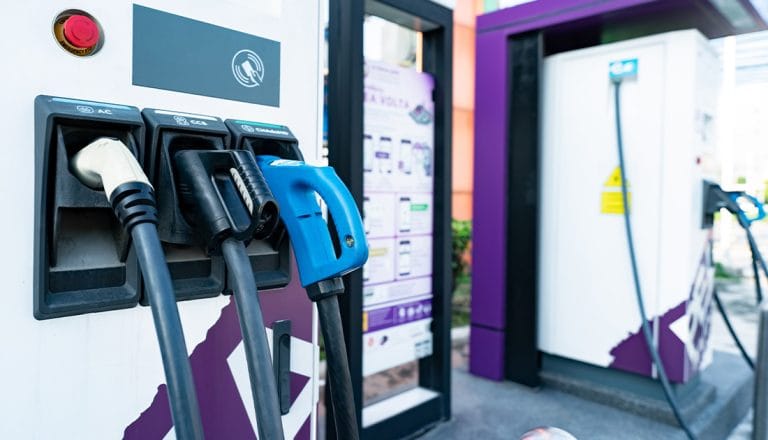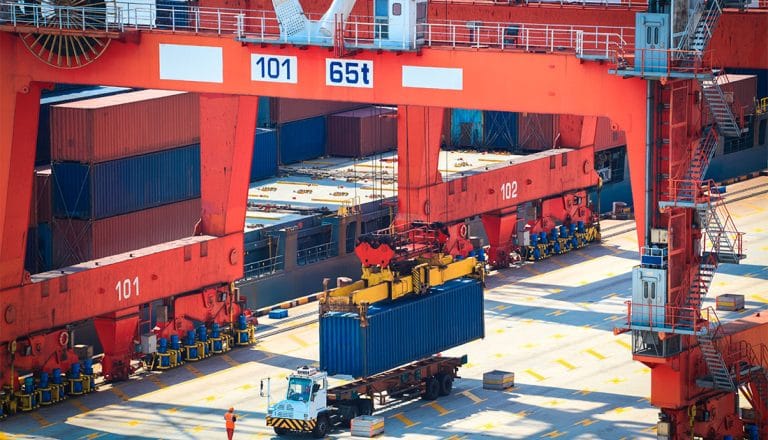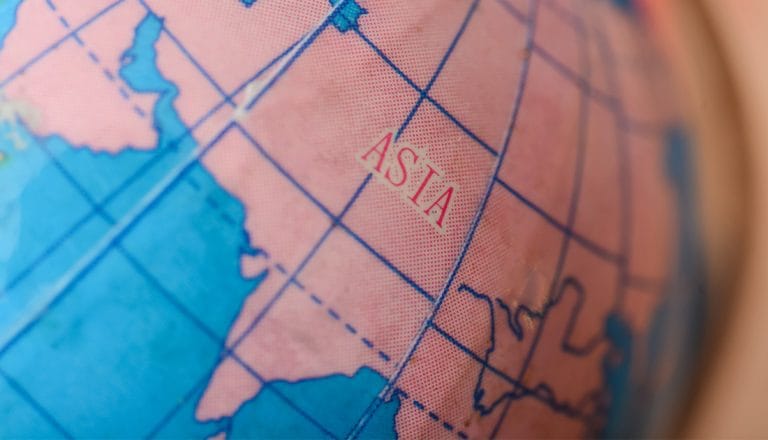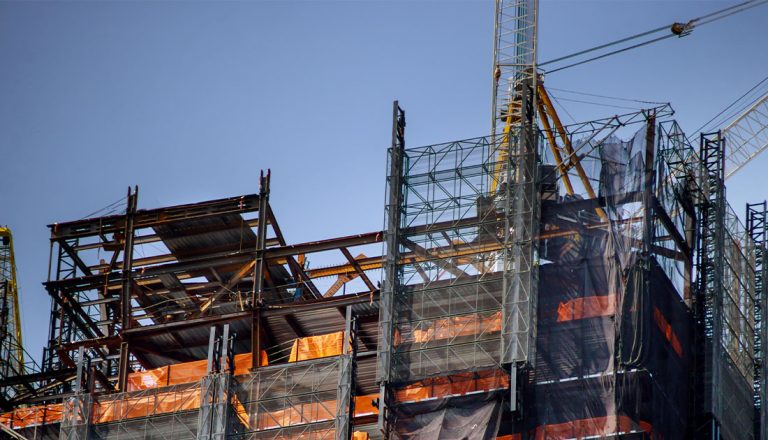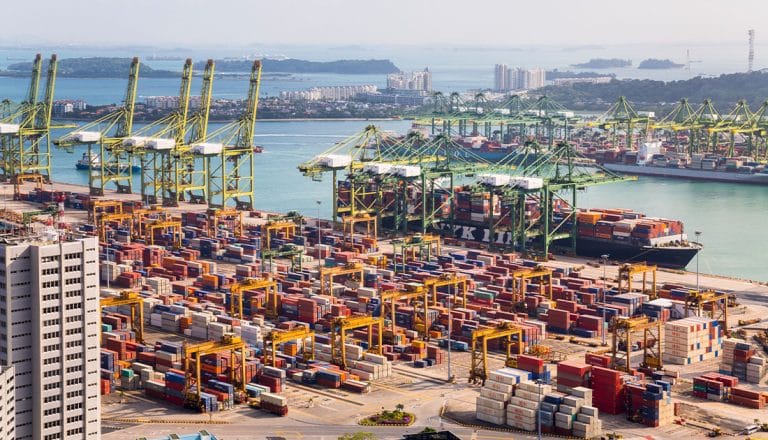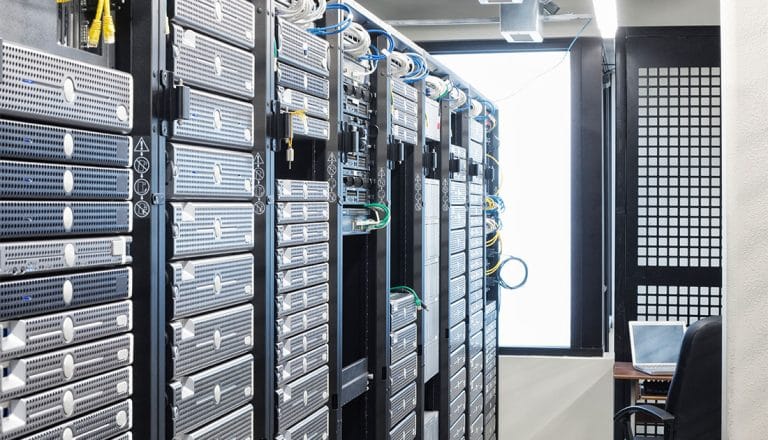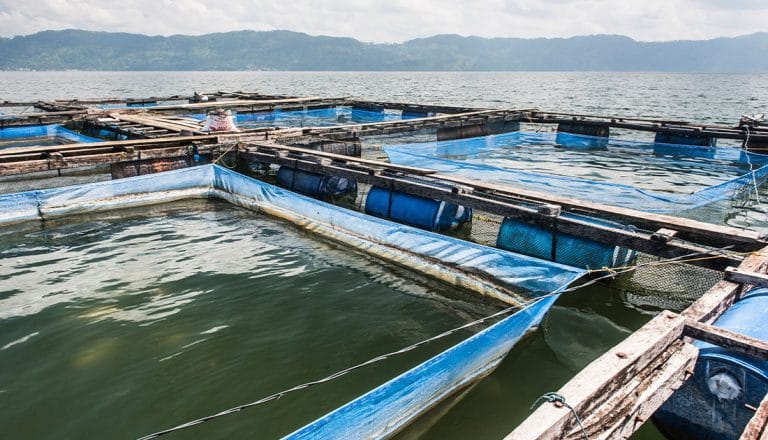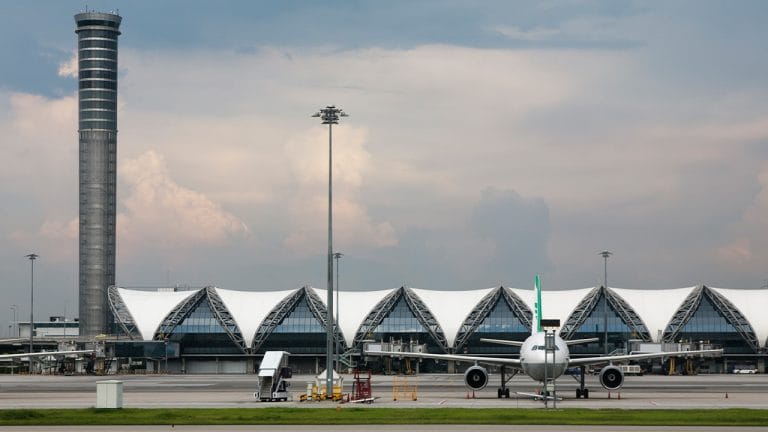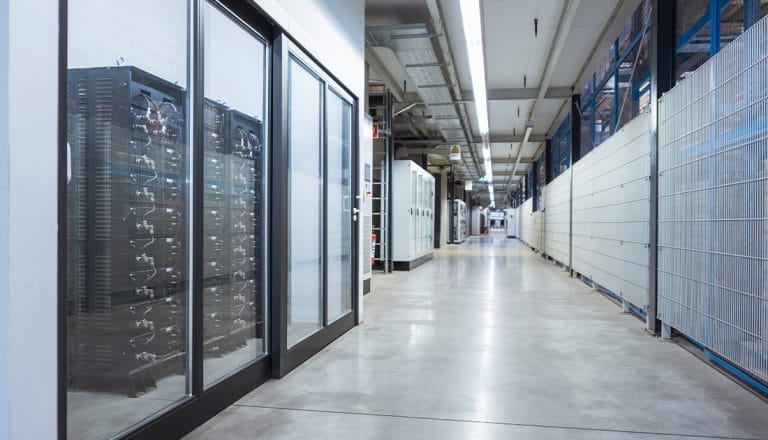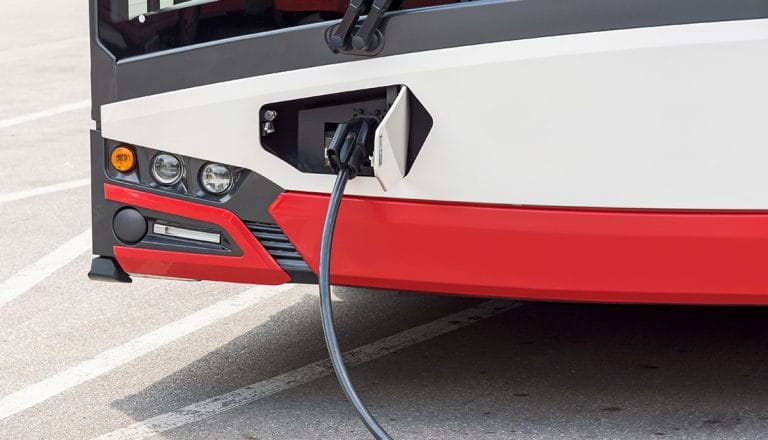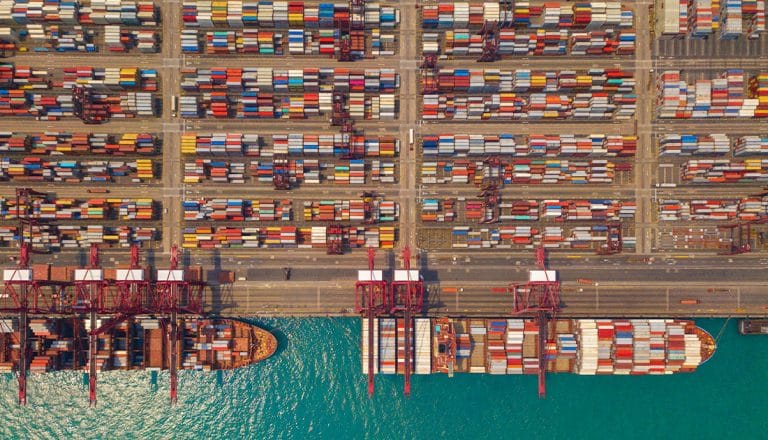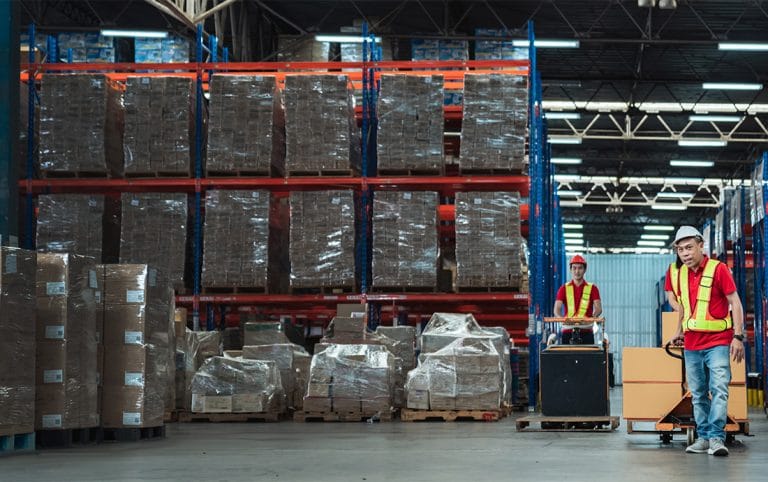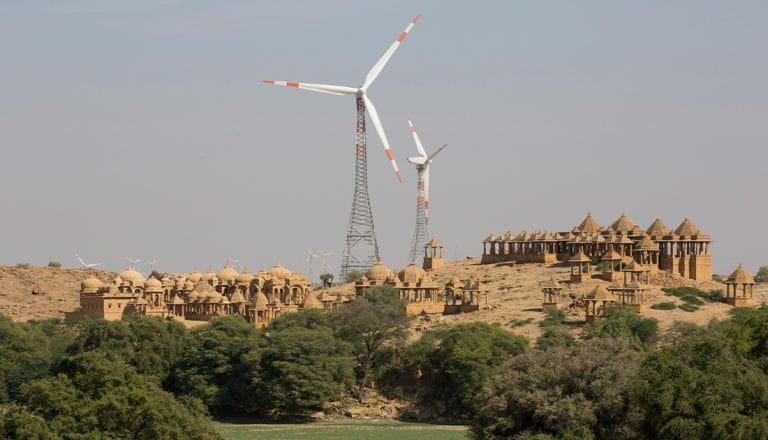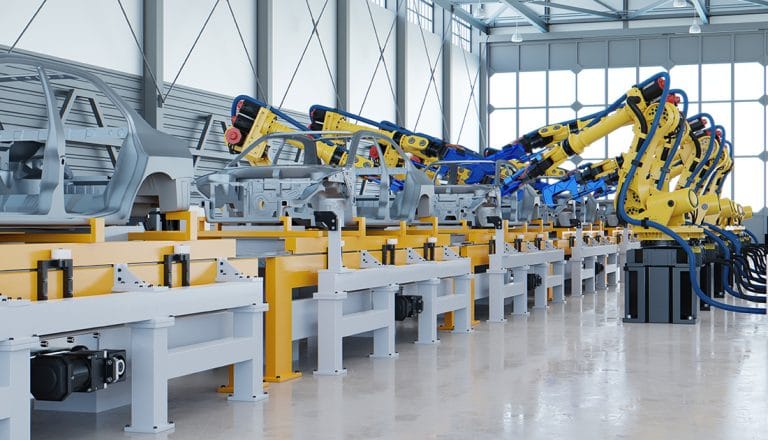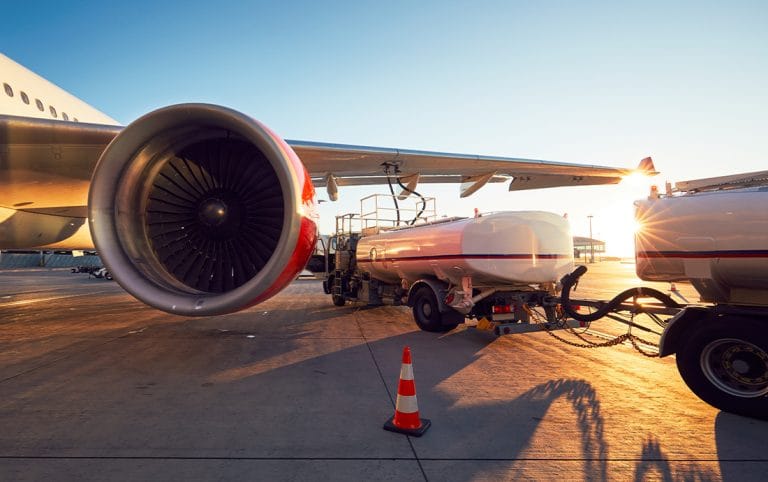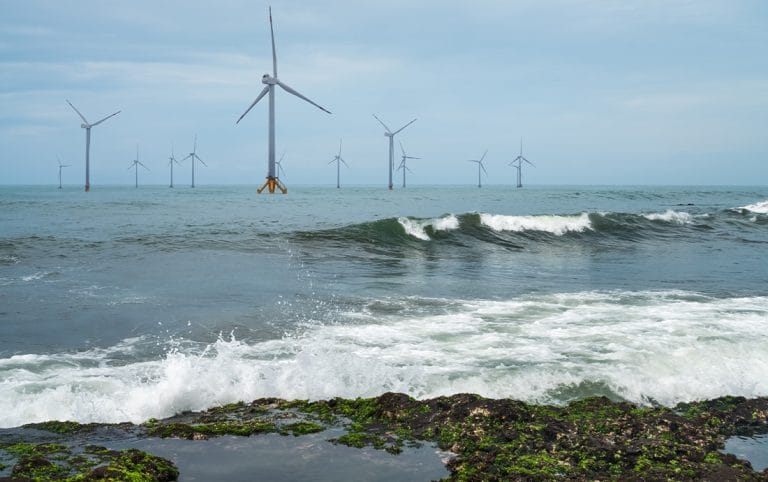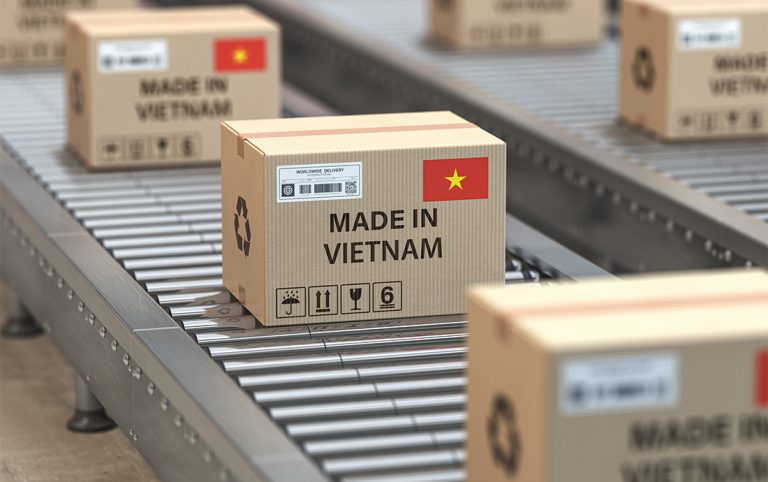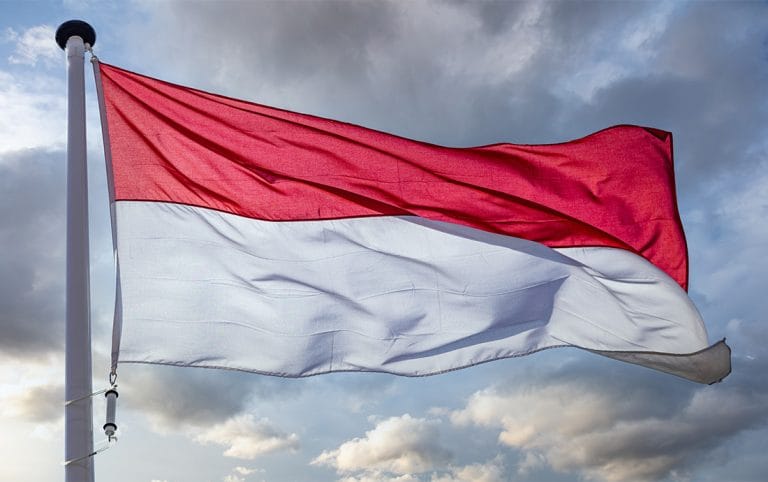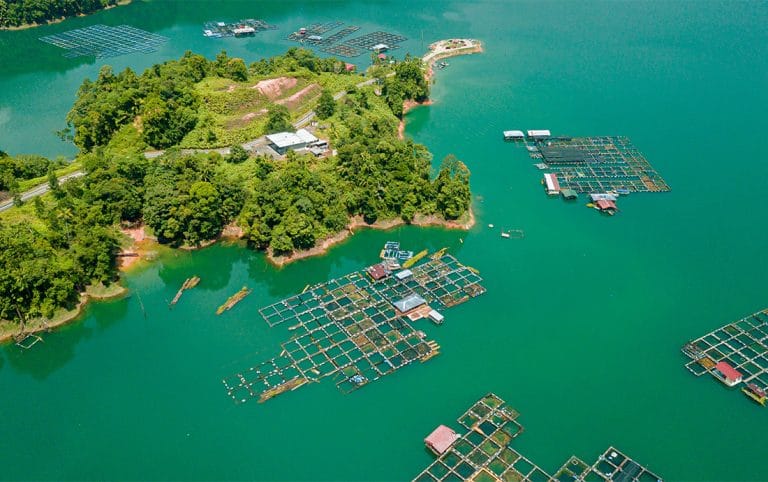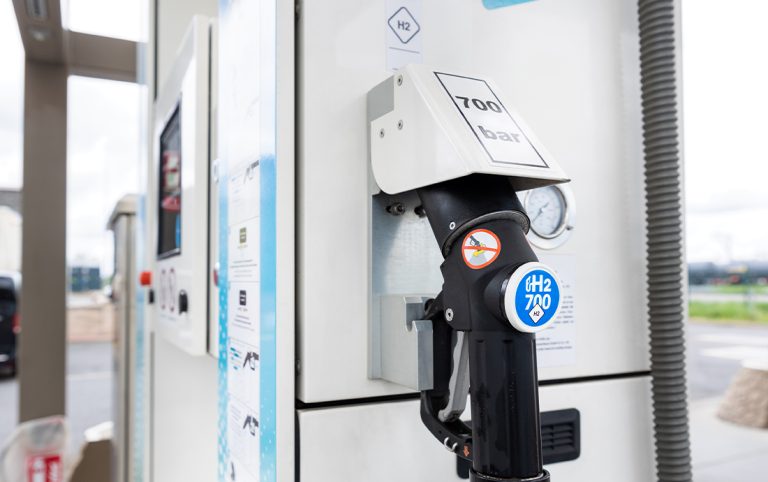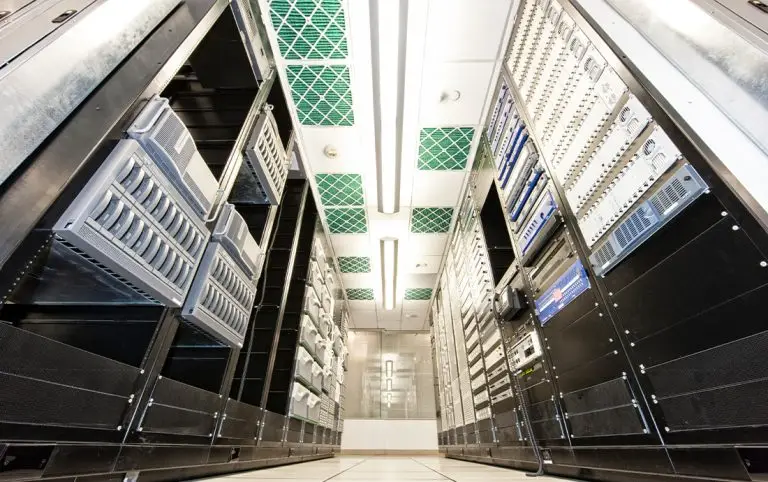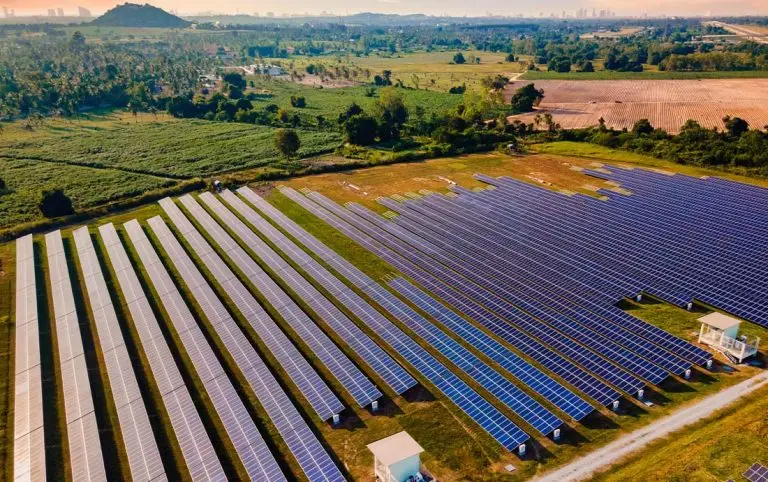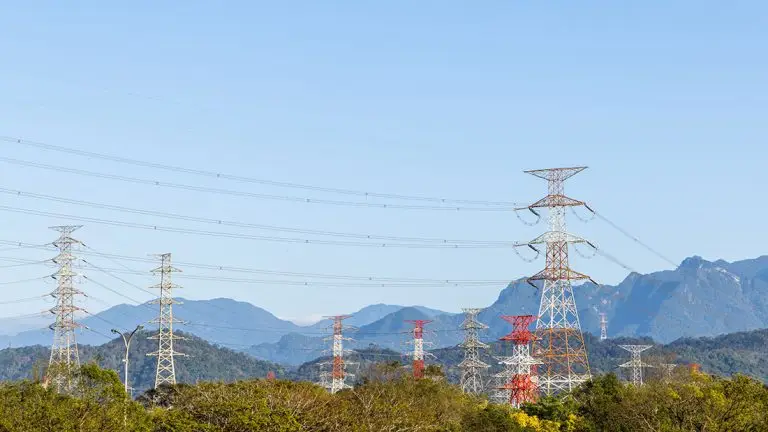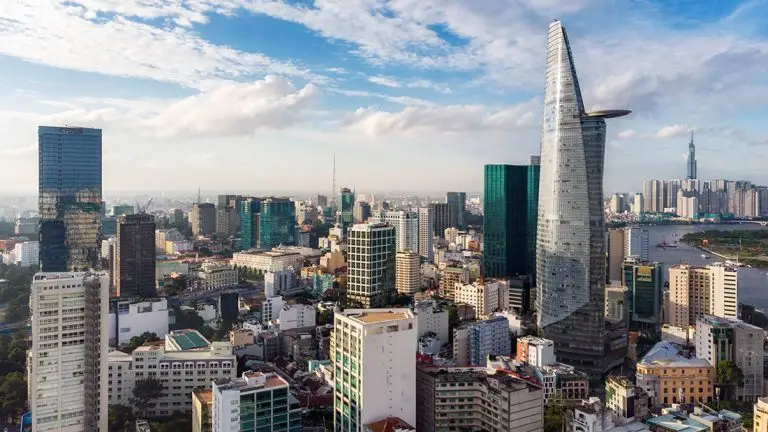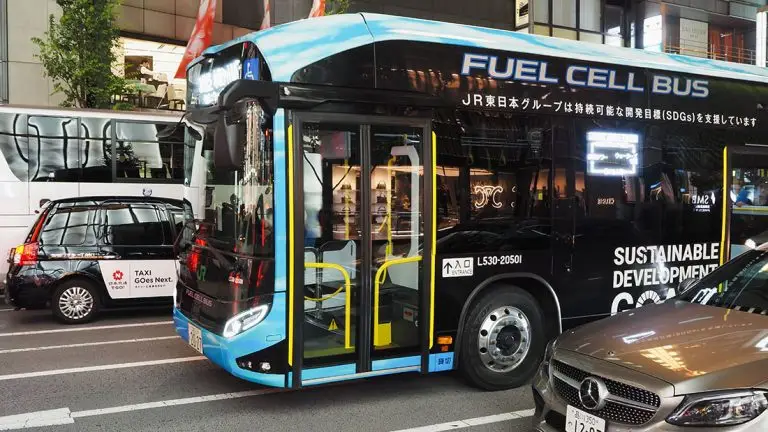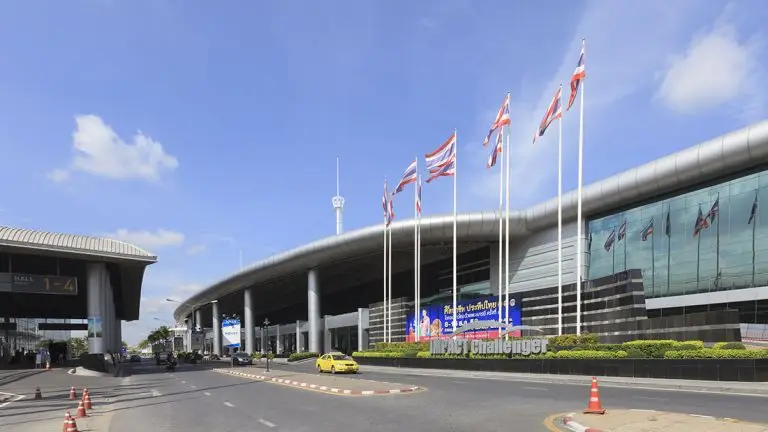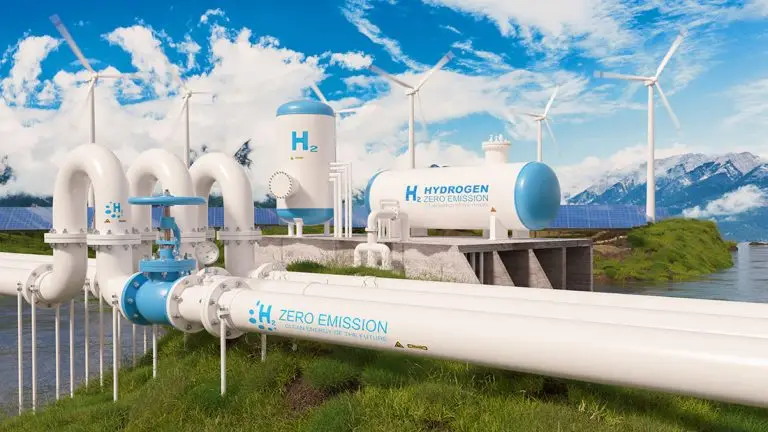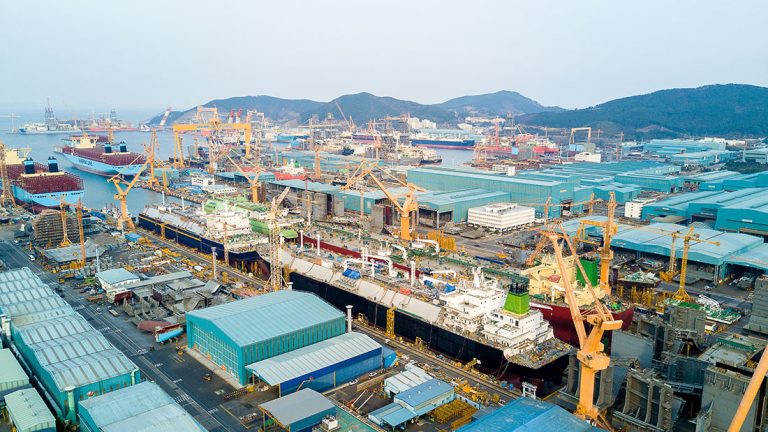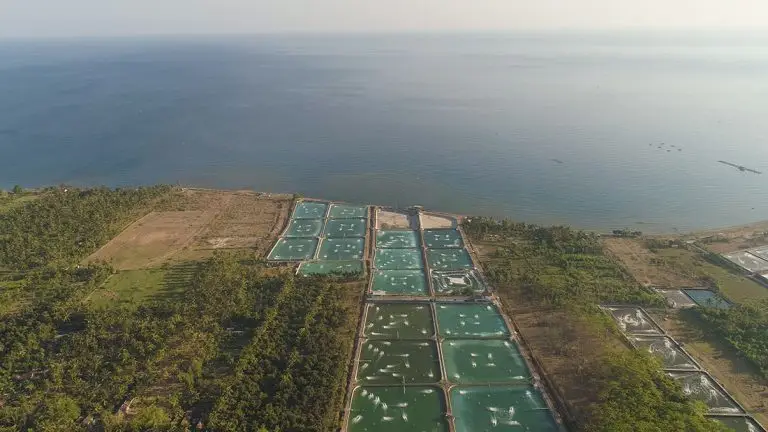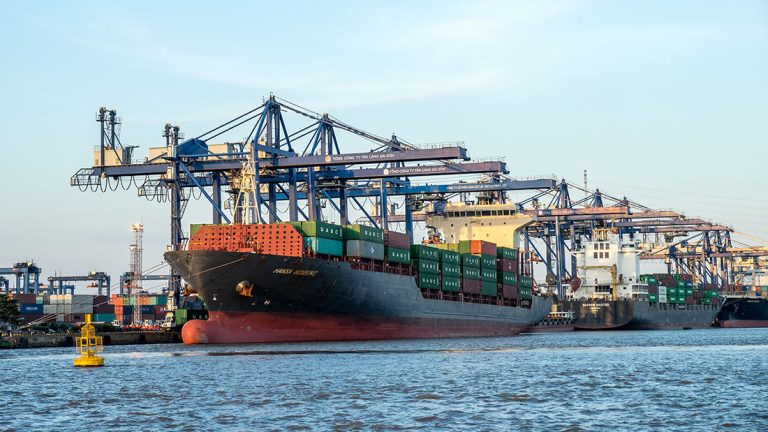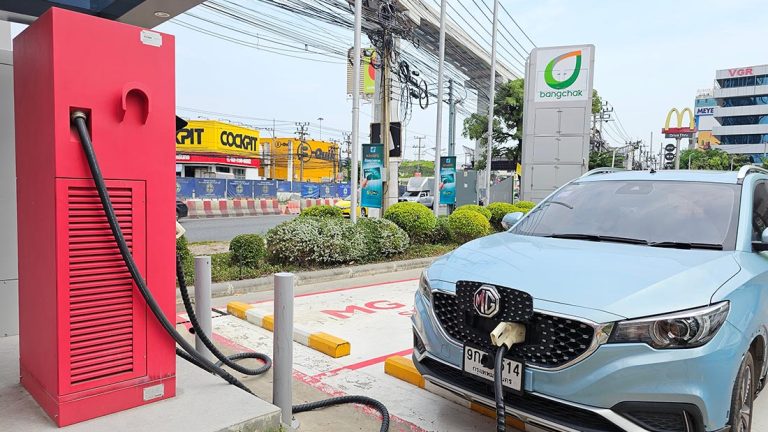- The logistics market in Asia is the world’s largest at USD4.4 trillion
- E-commerce activities will account for 57 percent of total logistics growth in Asia from 2020 to 2025
- Opportunities in the sector can be found across the region, but what’s needed varies from country to country
Logistics is a growing industry showing no signs of slowing down. That’s because the flow of goods is crucial to the economy, perhaps nowhere more so than in Asia. This has created a wealth of opportunities for foreign businesses with the knowledge and technologies to lower costs and improve efficiency. Asian Insiders Managing Partner Jari Hietala offers a brief overview of logistics and where opportunities can be found.
The pandemic was a catalyst for the logistics sector globally, but growth was most pronounced in Asia, where a robust e-commerce industry and rising manufacturing output supercharged the need for storage, monitoring, and transportation of goods as well as infrastructure that ensures everything can flow freely domestically, regionally, and internationally.
The logistics market in Asia is now the world’s largest, reaching an estimated USD4.4 trillion in size in 2024. This is just the tip of the iceberg, however. It could reach upwards of USD10.5 trillion by 2033 with double-digit growth predicted annually over the coming years.
While investment is expected across the industry, foreign businesses can find the most success in a few notable areas. These include:
- Warehouses and storage facilities
- Specialised supply chains, such as cold and chemical
- Third-party logistics (3PL) and fourth-party logistics (4PL) providers
- Technologies and systems
- Infrastructure development
Ultimately, companies and governments in Asia are looking at ways they can reduce the costs associated with logistics while improving speed and efficiency. Opportunities in each country can vary greatly, though, which makes understanding the local situation crucial before deciding on market entry.
Increasing consumption driving logistics growth in Asia
The rise of logistics in Asia can be traced to two significant movements. The first is the e-commerce boom. As internet and mobile penetration has surged, so too has consumer preferences toward shopping. Purchasing goods via digital platforms is not only accepted but preferred by vast swathes of the population.
This has been boosted in many countries by healthy domestic economies and a growing middle class actively consuming all types of goods. That has had a knock-on effect on Asia’s logistics market. It has been estimated that e-commerce activities will account for more than half of total logistics growth from 2020 to 2025.
The second movement contributing to the rapid rise of the logistics sector is related to trade. Asia plays a critical role in global trade, further fuelling demand for logistics solutions. More imports and exports mean a greater need for storage and transportation.
Where are the opportunities for logistics in Asia?
Opportunities for logistics in Asia can be found in developed countries as well as some of the region’s rising stars. For international businesses considering expansion, it is important to find a market where your strengths align with local needs as opposed to diving head-first into an overly competitive space. With that in mind, here is a look at where opportunities for logistics in Asia can be found.
India
Opportunities: Systems modernisation, multi-modal logistics
Challenges: High costs, fragmentation
Understanding the importance logistics has on the economy, India unveiled both the National Logistics Policy and Logistics Efficiency Enhancement Programme which sought to reduce costs and improve efficiency. Some movement has been made on that front, but costs remain high, and the industry suffers from fragmentation, hindering fulfilment.
There also is a need to modernise many existing systems covering everything from inventory management and shipment tracking to talent development.
Another opportunity can be found in multi-modal logistics. India is overly reliant on road transport and must diversify to reduce logistics costs. Dedicated freight corridors connecting major cities by rail continue to come online. However, there is still a need to utilise other methods and then integrate all these.
Japan
Opportunities: Modern facilities, specialised supply chains
Challenges: Increased warehouse supply, talent shortage
With one of the world’s largest e-commerce industries, steady output from manufacturers, and a growing number of 3PL providers, demand for warehouses is expected to stay strong. However, increasing supply threatens yield and could potentially make this a renter’s market.
The key for those entering Japanese logistics is to focus on what the country currently lacks, namely modern facilities and specialised supply chains. These segments feature less competition.
For companies considering Japan, it is necessary to be aware of the difficulties in finding and retaining talent. There is a shortage of high-skilled workers while lower-skill positions can suffer from high turnover rates. The country’s aging society serves to compound these issues further.
Vietnam
Opportunities: Cold supply chain, warehouses
Challenges: Lack of infrastructure development, regulations
According to Mordor Intelligence, Vietnam’s logistics market was valued at approximately USD45.2 billion last year and could expand to upwards of USD65 billion by the end of the decade. Several major overseas players have already entered the country’s warehouse sector, and more than 75 percent of net leasable area is overseen by international firms. Further storage growth is expected as e-commerce has yet to reach its full potential.
Elsewhere, cold chain logistics remains underdeveloped in the country. There is an urgent need for storage facilities and transportation services with investors here facing only limited competition.
Vietnam still needs to improve country-wide transport links as these allow goods to flow freely through all provinces and cities. Progress has been made, but more work is still required. Additionally, some complex regulatory obstacles must be overcome.
Indonesia
Opportunities: Technologies to improve efficiency
Challenges: Diverse geography, high shipping costs
Despite boasting one of Asia’s most prominent e-commerce sectors, logistics has been a complex riddle to solve for Indonesia. Shipping is more expensive here than in most other Asian countries, with the bulk of investment going toward selling goods and not getting them to consumers.
There is a pressing need for technologies and systems that can optimise shipping processes and reduce or eliminate existing obstacles. Additionally, 3PL and 4PL providers with the ability to ease the burden on e-commerce giants are sought after.
The biggest challenge in Indonesia is geography. The archipelago is spread out, and connecting the various areas of the country has proven difficult. While USd450 billion in infrastructure improvements has been carried over the past decade, the country still has fragmented areas.
To that end, businesses with the technology and skills to eradicate shortcomings in Indonesia’s infrastructure are crucial as well. Airport, port, and rail logistics services are currently in demand.
Central Asia
Opportunities: Infrastructure development, logistics foundation
Challenges: Limited local capabilities
E-commerce isn’t as big in Central Asia when compared to other parts of the region, but the sector is predicted to grow. Wages are rising, and a younger population is becoming active shoppers. This will likely see more online shopping platforms spring up. These require everything from warehouses to last-mile delivery services.
Many countries in Central Asia have placed an emphasis on infrastructure development as they look to tap into the geographic potential that links Europe to Asia. However, these large-scale projects require assistance from overseas partners.
This necessitates a large volume of machinery and equipment imports, ranging from construction tools to heavy-duty vehicles. There are ample business opportunities in the sector, and further investment will only serve to create more.
Final thoughts
Firstly, the countries highlighted are just a few offering opportunities when it comes to logistics in Asia. Every country in the region is seeing growth in this sector. What’s more, intra-regional and international logistics are also increasing in importance. That makes understanding where your company can experience the greatest success paramount.
With local partners in each market, Asian Insiders is well positioned to advise your company on what to expect and create a plan that ensures you put your best foot forward when entering Asia.
To learn more about logistics opportunities in Asia and assess your readiness to enter the market, schedule a no-obligation call with Jari Hietala, Managing Partner: jari.Hietala (at)asianinsiders.com
